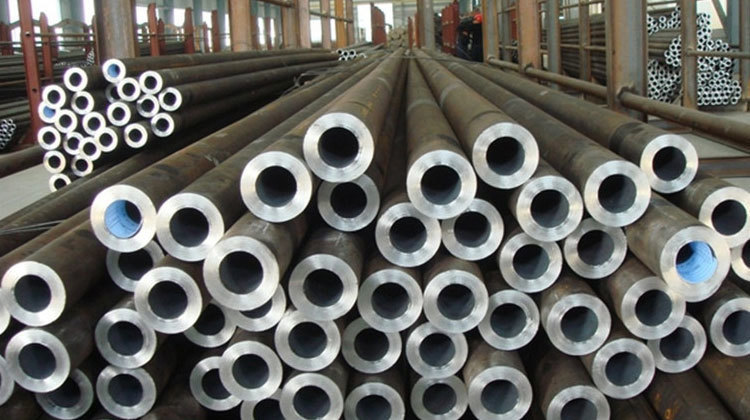How to use a water flow sensor- ProteusIndustries
578
0
·
2021/01/11
·
2 mins read
☕
WriterShelf™ is a unique multiple pen name blogging and forum platform. Protect relationships and your privacy. Take your writing in new directions. ** Join WriterShelf**
WriterShelf™ is an open writing platform. The views, information and opinions in this article are those of the author.
Article info
Categories:
⟩
⟩
標籤:
日期:
創作於:2021/01/11,最後更新於:2021/01/18。
合計:490字
Like
or Dislike
More from this author
More to explore










A water flow sensor is installed at the pipe or water source to measure the water flow rate. The sensor can calculate the amount of water that flows through the pipe. The quality of water flow is measured in terms of liters or even cubic meters.
A water flow sensor has a plastic valve through which water passes. Besides, it has a water rotor with a Hall Effect sensor and measures the flow of water. The rotor begins to rotate once water flows through the valve. The speed at which the rotor moves indicates a change in flow rate. The Hall Effect sensor obtains a change in flow output and produces a pulse signal. That shows the quality of water flow.
You will find different water flow sensors with varied flow rate ranges, water pressure, and diameters. It's essential to pick a water flow sensor that covers your needs. Ensure to know how the device works, installation, and maintenance before purchasing. A water flow sensor can be used on dirty, clean, cold, or hot waters.
How to use a water flow sensor
Installing the water flow sensor
Pros of the water flow sensor
Conclusion
For residential buildings, commercial or industrial plants, you need a large amount of water supply. A public water supply system can meet such a requirement in the best way. Promote proper water usage. It is vital to monitor the volume of water being supplied and used. That's why measuring flow rate becomes critical. A water flow sensor has made everything easy and effective in measuring water flow rate. Ensure to acquire the right water flow sensor. It will help you monitor the flow rate with the highest degree of accuracy.